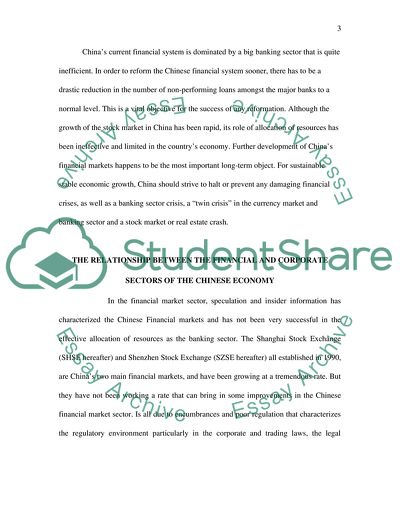Cite this document
(The Financial System In China Essay Example | Topics and Well Written Essays - 2750 words, n.d.)
The Financial System In China Essay Example | Topics and Well Written Essays - 2750 words. https://studentshare.org/finance-accounting/1714774-discusses-the-characteristics-of-the-financial-system-that-exists-in-china
The Financial System In China Essay Example | Topics and Well Written Essays - 2750 words. https://studentshare.org/finance-accounting/1714774-discusses-the-characteristics-of-the-financial-system-that-exists-in-china
(The Financial System In China Essay Example | Topics and Well Written Essays - 2750 Words)
The Financial System In China Essay Example | Topics and Well Written Essays - 2750 Words. https://studentshare.org/finance-accounting/1714774-discusses-the-characteristics-of-the-financial-system-that-exists-in-china.
The Financial System In China Essay Example | Topics and Well Written Essays - 2750 Words. https://studentshare.org/finance-accounting/1714774-discusses-the-characteristics-of-the-financial-system-that-exists-in-china.
“The Financial System In China Essay Example | Topics and Well Written Essays - 2750 Words”. https://studentshare.org/finance-accounting/1714774-discusses-the-characteristics-of-the-financial-system-that-exists-in-china.


